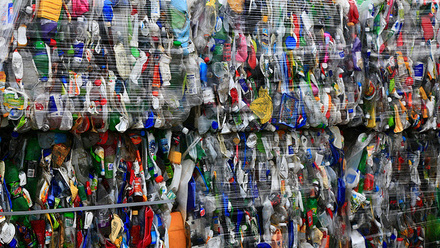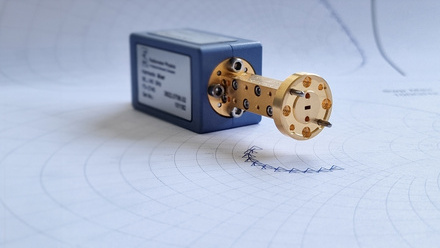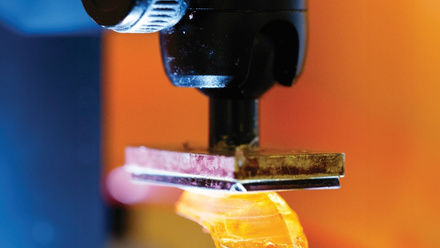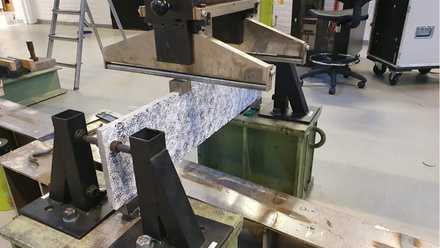Superlubricity coating reduces friction between steel parts
A coating that reduces the friction of steel rubbing at least 100-fold has been invented at the US Department of Energy’s Oak Ridge National Laboratory.
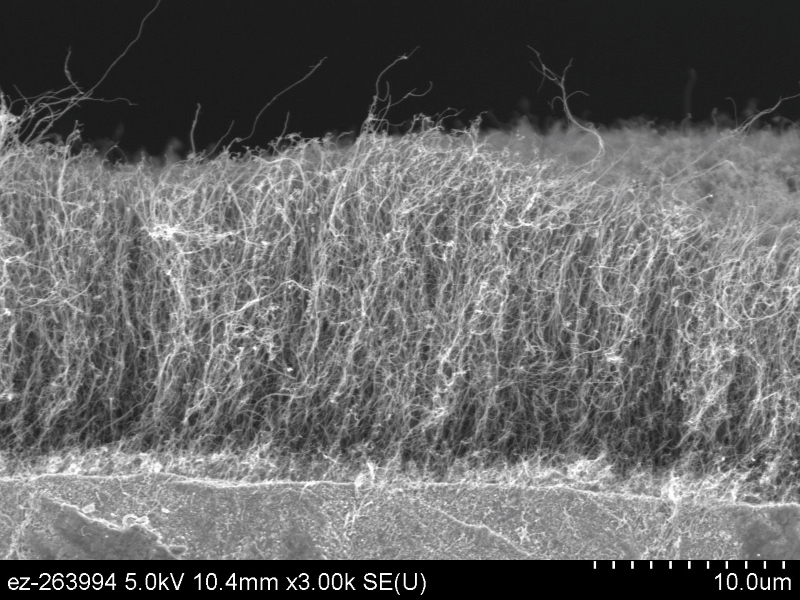
The US economy loses more than US$1trln a year to friction and wear, equivalent to 5% of GDP. The new technology could improve the performance of bearing components for electric vehicles, diesel engines, wind turbines and industrial machinery.
The coating is made of carbon nanotubes that impart ’superlubricity’ to sliding metal parts – where the coefficient of friction is less than 0.01 compared to a standard coefficient of about 0.5. This new coating reduces it to as low as 0.001.
The multiwalled carbon nanotubes coat the steel, repel corrosive moisture and function as a lubricant reservoir.
The nanotubes are grown on the steel plates using a tribometer, with a density of about 25-100 carbon nanotubes per 1µm². When they are first deposited, the vertically aligned nanotubes stand on the surface like blades of grass. When the steel parts slide past each other, they essentially “cut the grass”, generating nanotube shavings.
Each blade is hollow but is made of multiple layers of rolled graphene. The fractured carbon nanotube debris from the shavings is redeposited onto the contact surface, forming a graphene-rich tribofilm that reduces friction to nearly zero.
Dr Jun Qu, Leader of the laboratory’s Surface Engineering and Tribology group, says, “Superlubricity in the literature requires one or more of the following special conditions: (i) nano- or micro-scale, (ii) strictly controlled gas environments – high vacuum, pure hydrogen, etc., or (iii) superpolished ceramic or semiconductor materials in combination of aquatic solutions. To the best of our knowledge, there was no report for the most common tribo-interface – macroscale sliding of oil-lubricated, steel-steel contact. Our technology made it possible.”
The nanotubes are made by firstly activating the steel surface to produce tiny structures on a nanometre scale, then secondly providing a carbon source. They heat a stainless-steel disk to form metal-oxide particles, before using chemical vapour deposition (CVD) to introduce carbon in the form of ethanol so that the metal-oxide particles can stitch carbon atom-by-atom.
First author Dr Chanaka Kumara explains that growing the carbon nanotubes on the steel takes 15-30 minutes, but the preparation of heating and air oxidisation, followed by a reduction process before adding the ethanol, takes an additional hour at least.
Discussing the CVD process, Kumara notes it requires the right pressure and temperature in the chamber to decompose ethanol and activate the catalyst particles. The carbon fragments then dissolve and diffuse through these particles and become hexagonal graphene wraps that form nanotubes. A single carbon nanotube has 20-plus walls of different diameters inside. These nanotubes are attached to the catalyst particle, which is attached to the steel.
Qu confides they had not predicted such an ultra-low coefficient of friction. The nanotubes only provide superlubricity when damaged and become pieces of graphene. They smear and connect to the contact area to form a tribofilm, with characterisation work revealing the presence of graphene and graphene oxide. The superlubricity comes from graphene sliding past graphene.
One drop of oil is also crucial to achieving the superlubricity, without which it starts smoking quickly. In the friction tests, each droplet lasts for more than 100,000 cycles or three days of testing.
Qu reports how the superlubricity effect persists in tests of more than half a million rubbing cycles. They have performed continuous sliding of more than three hours, then one day and then 12 days to validate their results, growing the coating on stainless steels, tool steels and nickel-based alloys.


